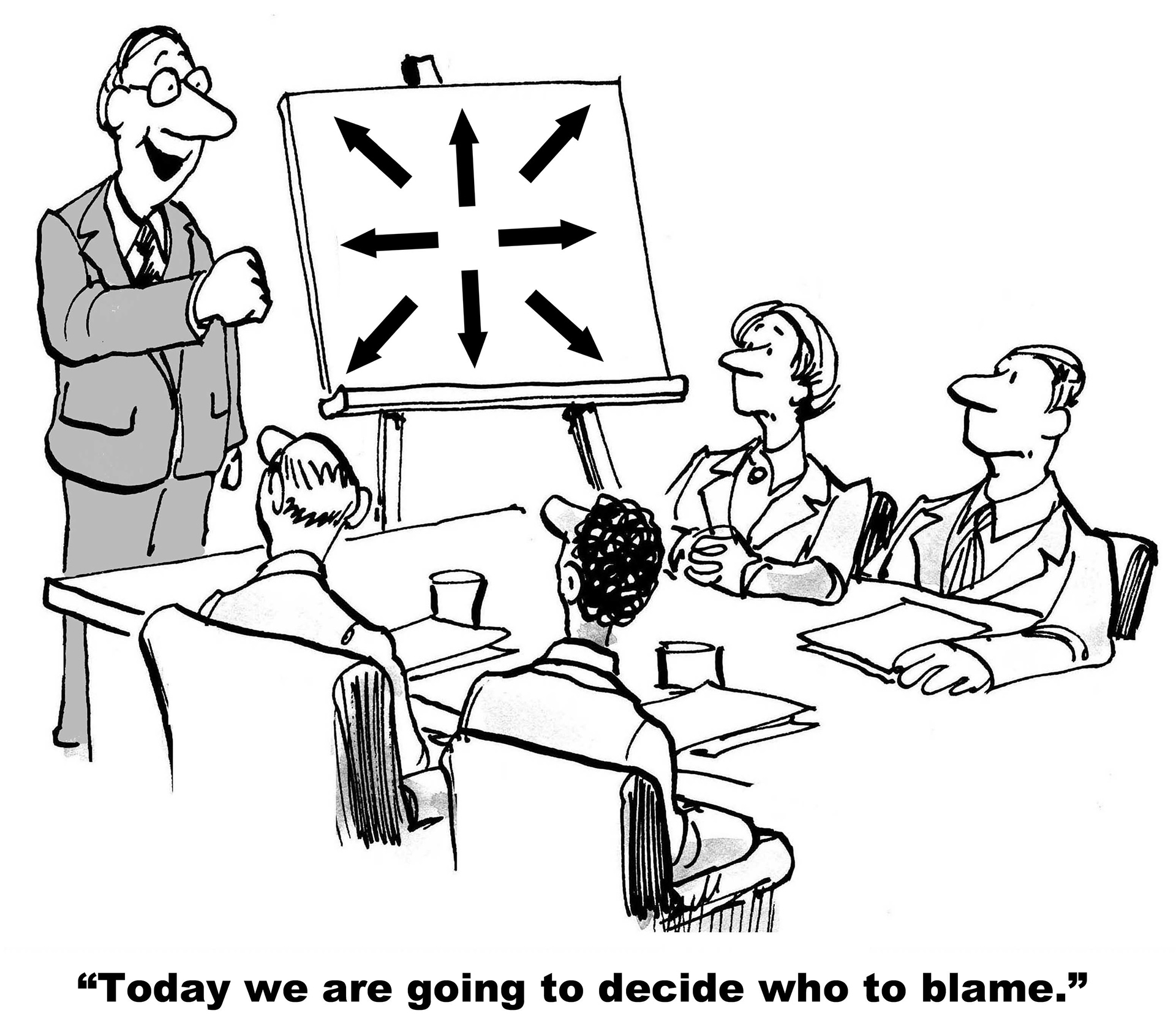
Hiring a candidate is a long and meticulous process. Most companies will utilize both internal talent acquisition specialists as well as third-party recruitment agencies in the selection process.
According to Harvard Business Review, most candidates in recent years who moved to a new job were not actually looking for one. Someone found them, facilitated the interviewing process, and then got them hired.
A study by Leadership IQ shows that only 19 percent of newly-hired candidates are considered fully successful. So, when hiring goes wrong, who is responsible? The candidate, the client, or the recruiter?
WHAT HAPPENS WHEN HIRING GOES WRONG?

Before assigning blame, let us examine some key findings from the Leadership IQ study:
It is clear from the above statistics that hiring managers often see signs that hiring may go wrong. However, they still go ahead and hire because of the constant pressure from their companies to complete the hiring process quickly.
After hiring, candidates go through the basic training process in the client’s organization and start working. However, third-party recruiters do not have any control over what happens there. For example, suppose the candidate’s performance falls short of expectations. In that case, it is the client’s responsibility to help enhance skills to retain that person.

Unfortunately, if hiring goes wrong, the client may be inclined to blame a third-party recruiter for providing a perceived below par or non-performing candidate.
So, the root cause of bad hires varies from case to case. At times, the client may not have communicated to recruiters the criteria for suitable candidates. Or perhaps the recruiter did not completely understand the client’s requirements and as a result, chose the wrong candidate.
Regardless, a third-party recruiter is usually at the receiving end of blame. Therefore, the client should be explicitly clear about expectations for a candidate’s skillset, as this will eventually determine the success or failure of the candidate. The recruiter absolutely plays a crucial role in this process as a partner of the hiring/HR manager. The recruiter must make sure to review the job description in detail with the hiring/HR manager, so that the recruiter will be able to communicate that information effectively to the candidate.
WHERE THE HIRING PROBLEM BEGINS
Hiring issues primarily stem from one of the following two reasons:
1. Companies fill job openings more often by hiring external candidates than through internal job postings. When companies hire seasoned applicants from the outside, they do not always have to train and develop those employees.
These days, employers typically find experienced candidates outside of the organization. Indeed, only 28 percent of modern-day talent acquisition leaders report that internal candidates are crucial to filling vacancies.
Fewer internal promotions mean hiring efforts of companies are no longer limited to entry-level jobs and/or new graduates. Now, organizations are more inclined to hire candidates already working in a similar role somewhere else. These candidates do not necessarily need training and are apt to start contributing right away. Still, they are much harder to find.
2. Retaining candidates has become more difficult. Companies often hire regularly due to faster employee churn out. Census and the U.S. Bureau of Labor Statistics report show that 95 percent of hiring fills existing positions. Most of these vacancies are due to voluntary turnover.
The bottom line is that to fill these vacancies, companies must augment their own searches by hiring recruitment agencies to find skilled and qualified candidates quickly. Sadly, it often triggers a mad rush that can result in hiring mistakes.

AFTER A WRONG HIRE HAPPENS, WHAT CAN BE DONE OTHER THAN THE BLAME-GAME?
When a bad hire occurs, a company may face the dilemma of sticking with the underperforming employee or blaming the third-party recruiter for providing an inefficient candidate.
Blaming the recruiter will not solve the problem. The recruiter may have done everything right; choosing the candidate based on the required qualifications the client requested. However, even after meeting all the requirements, it is still impossible for the recruiter to know how things will eventually turn out.
By communicating concerns and seeking the employee’s input, the client may identify workable alternatives. Or they can at least figure out the gravity of the situation. Then, it is possible to fix the matter with focused feedback or realignment of the employee.

WRAPPING IT UP
Improper hiring is preventable. It is incumbent upon hiring managers to provide detailed and clear job descriptions with specific (and non-negotiable) qualifications, as well as a glimpse into the culture of the company. Hiring managers and third-party recruiters should convene before the search begins to go over the requirements needed and the culture within. Conversely, candidates need to be coachable, motivated, possess a good attitude, as well as emotional intelligence. Third-party recruiters will then be more prepared to convey this information to their candidates. They’ll more easily be able to weed out the ones not qualified and find the most suitable candidate, leading to hiring success.
It is the responsibility of the recruiter to find the candidate, as it is the responsibility of both the client and the recruiter to qualify the candidate. Ultimately, it is up to the client to “keep” the candidate.
©2021-2022 ALIGN / All Rights Reserved | Y5 Creative